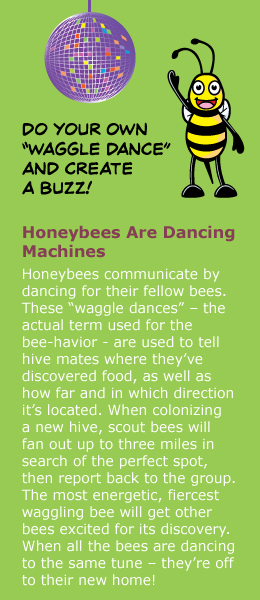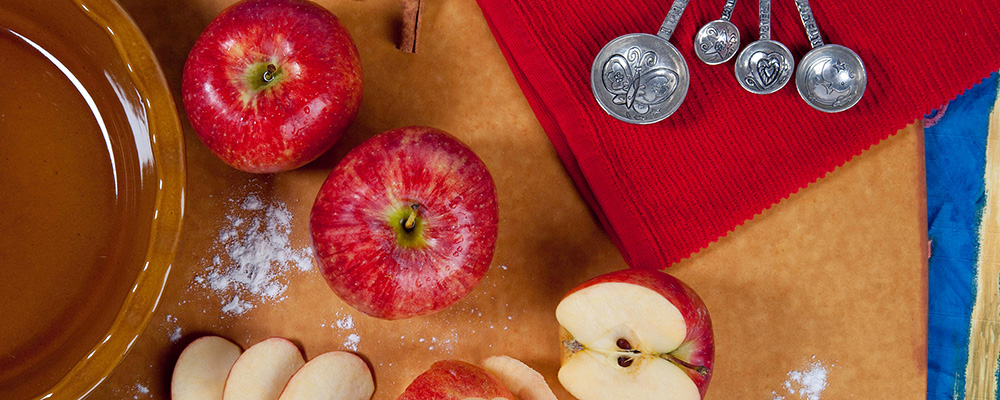What Consumers Can Do
1. Plant Flowers
With lawn sprawl going on, less and less land is growing the flowering plants that bees thrive on to survive. Just one flowering yard – maybe yours – can make a huge difference to nature’s pollinators. When you decide to plant flowering plants, ask your nursery about pollinator friendly varieties. Annuals or perennials – the greater the diversity, the healthier the hives.
Consider planting: Sunflowers, Rough Blazing star, Blue Lobelia, Swamp Milkweed, Wild Lupine
2. Grow a Vegetable Garden
Planting and tending to a bee-friendly vegetable garden provides benefits in so many ways. It’s a hobby, it’s fun, it puts food on the table and it provides a food-rich habitat for bees.
Consider planting: Onions, Celery, Beets, Broccoli, Cauliflower, Cabbage, Peppers, Watermelon, Cantaloupe, Cucumber, Pumpkin, Carrots, and Strawberries
3. Make Space
Preserve brush piles or bare ground so that bees can nest. Remember not all pollinating bees make their hives in nice, neat little boxes. There are millions upon millions of bees in the wild that do what bees have always been doing what comes naturally – pollinating plants and making honey.
4. Let People In On What The Buzz Is All About – Show Your Pollinator Pride!
Create the buzz about the bees in your social circle. Think of it as your own honeybee “waggle dance.” Talk to your friends, family and neighbors about serious nature of the bee situation. Word of mouth is the very best way to get more people engaged and even better, active in doing something to help solve the problem. In addition, you can call or e-mail your local, state and national legislators about the problem – they hold the sway to make and change policy and laws concerning the environment, pesticides and farming practices.
